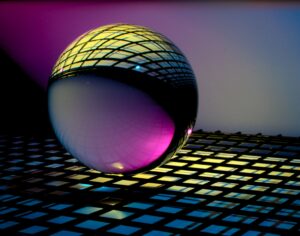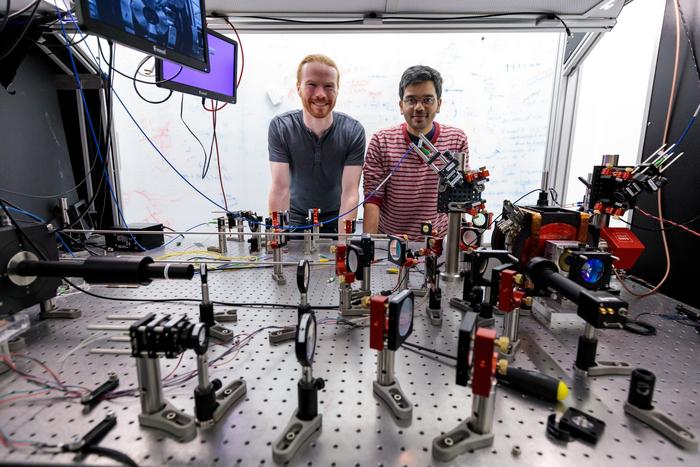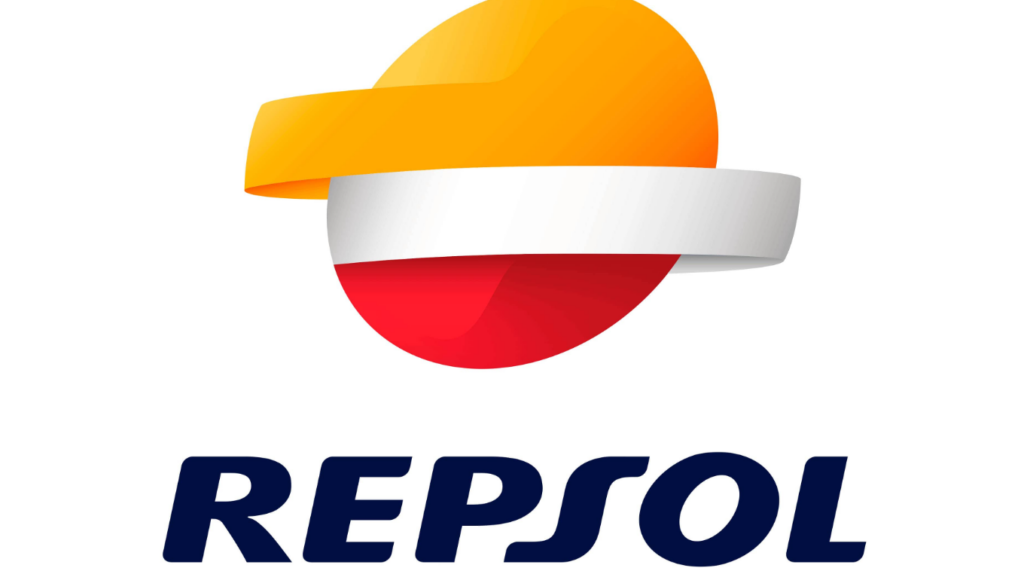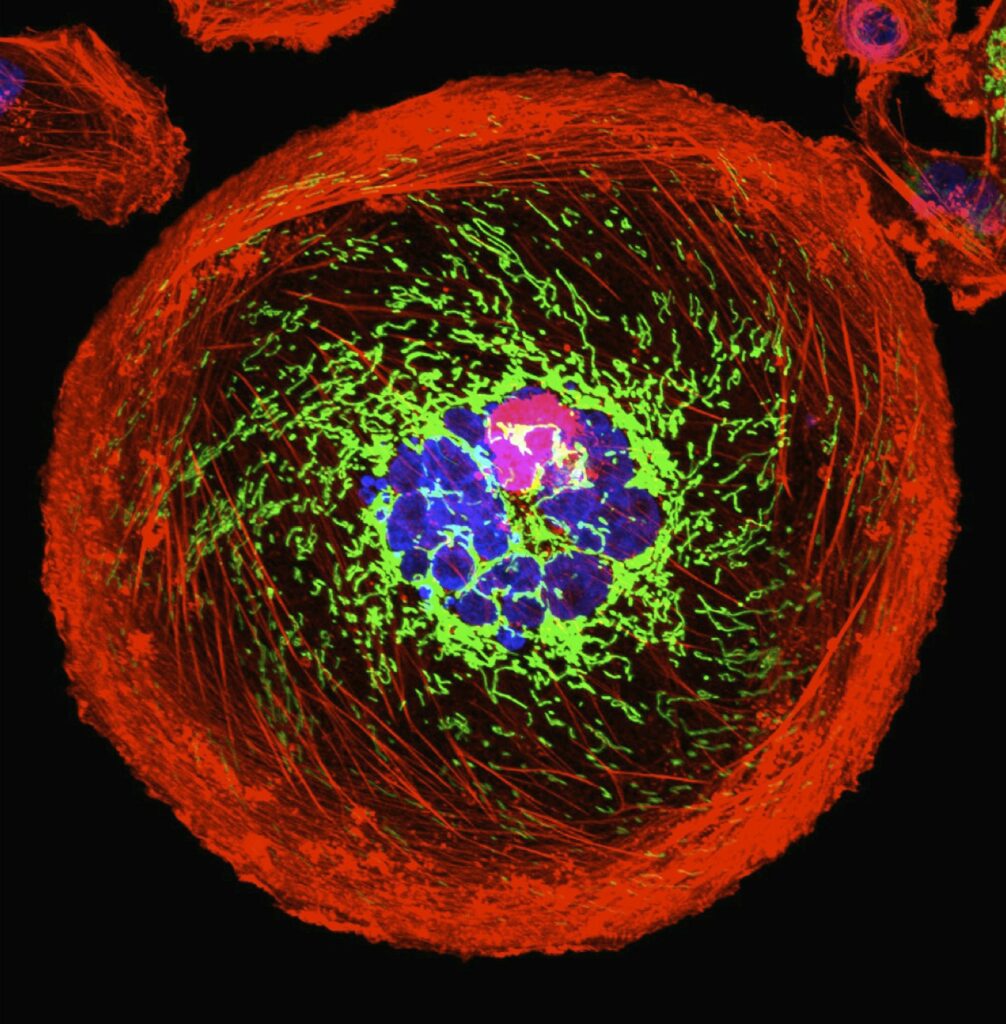
PRESS RELEASE — Some might view games as merely entertainment but for Emanuele Dalla Torre at Bar-Ilan University in Israel and his team, playing games is useful for measuring the effectiveness of today’s commercial quantum computers.
In a recent study published in Advanced Quantum Technologies, Dalla Torre and two of his students, Meron Sheffer and Daniel Azses, describe how they ran a collaborative, mathematical game on different technologies to evaluate 1) whether the systems demonstrated quantum mechanical properties and 2) how often the machines delivered the correct results. The team then compared the results to those generated by a classical computer.
Of the technologies tested, only the Quantinuum System Model H1-1, Powered by Honeywell[1], outperformed the classical results. Dalla Torre said classical computers return the correct answer only 87.5 percent of the time. The H1-1 returned the correct answer 97 percent of the time. (The team also tested the game on the now-retired System Model H0, which achieved 85 percent.)
What we see in the H1 is that the probability is not 100 percent, so it’s not a perfect machine, but it is still significantly above the classical threshold. It’s behaving quantum mechanically,” Dalla Torre said.

Of the technologies tested, only the Quantinuum System Model H1-1, Powered by Honeywell[1], outperformed the classical results. Dalla Torre said classical computers return the correct answer only 87.5 percent of the time. The H1-1 returned the correct answer 97 percent of the time.
Playing the game
The mathematical game Dalla Torre and his team played requires non-local correlations. In other words, it’s a collaborative game in which parts of the system can’t communicate to solve challenges or score points.
“It’s a collaborative game based on some mathematical rules, and the players score a point if they can satisfy all of them,” said Dalla Torre. “The key challenge is that during the game, the players cannot communicate among themselves. If they could communicate, it would be easy – but they can’t. Think of building something without being able to talk to each other. So, there is a limit to how much you can do. For the machines in this game, this is the classical threshold.”
Quantum computers are uniquely suited to solve such problems because they follow quantum mechanical properties, which allow for non-local effects. According to quantum mechanics, something that is in one place can instantaneously affect something else that is in a different place.
“What this experiment demonstrates is that there is a non-local effect, meaning that when you measure one of the qubits, you are actually affecting the others instantaneously,” Dalla Torre said.
Less noise, higher performance
Dalla Torre attributes the performance of the Quantinuum technology to their low level of “noise”.
All commercial quantum computers operating today experience noise or interference from a variety of sources. Eliminating or suppressing such noise is essential to scaling the technology and achieving fault tolerant systems, a design principle that prevents errors from cascading throughout a system and corrupting circuits.
“Noise in this context just means an imperfection – it’s like a typo,” Dalla Torre said “So, a quantum computer does a computation and sometimes it gives you the wrong answer. The technical term is NISQ, noisy intermediate scale quantum computing. This is the general name of all the devices that we have right now. These are devices that are quantum, but they are not perfect ones. They make some mistakes.”
For Brian Neyenhuis, Commercial Operations Group Leader at Quantinuum, projects such as Dalla Torre’s are useful benchmarks of early quantum computers and, also help demonstrate and more clearly understand the difference between classical and quantum computation.
After seeing the initial results from the H0 system, he worked with Dalla Torre to run it again on the upgraded H1 system (still only using six qubits).
“We knew from a large number of standard benchmarks that the H1 system was a big step forward for us, but it was still nice to see such a clear signal that the improvements that we had made translated directly to better performance on this non-local game,” Neyenhuis said.
What’s next
Dalla Torre and his students completed the experiment through the Microsoft Azure Quantum platform. “Being able to do this kind of work on the cloud is vital for the growth of quantum experimentation,” he said. “The fact that I was sitting in Israel at Bar-Ilan University and I could connect to the computers and use them using on the internet, that’s something amazing.”
Dalla Torre and his team would like to expand this sort of research in the future, especially as commercial quantum computers add qubits and reduce noise.
Source: EurekAlert
If you found this article to be informative, you can explore more current quantum news here, exclusives, interviews, and podcasts.



















